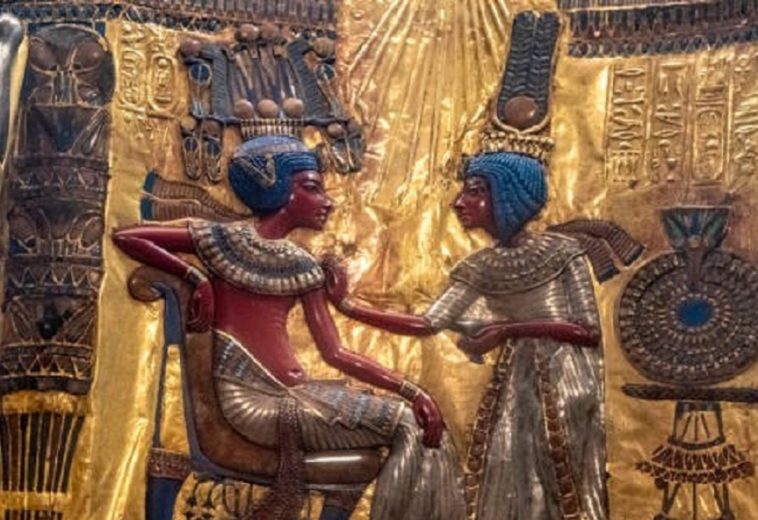Why is the Maasai Mara in Kenya one of the world’s most alluring travel destinations? Is it the eye-popping expanse of undulating savannahs, the diverse array of species, or maybe the amazing natural occurrence known as the Great Migration? The Great Migration, a spectacular event that attracts adventurers, photographers, and wildlife enthusiasts from all over the world, is central to its allure.
Situated in southwest Kenya, the Maasai Mara is more than just a national reserve, it’s a place where Africa’s untamed heart pulses loudest. This article reveals why the Maasai Mara, with its Great Migration, is a must-see marvel.
The Great Migration involves about 1.5 million wildebeest, 200,000 zebras, and thousands of gazelles, and is one of the most spectacular and extensive animal migrations on the earth. Seeking water and new grazing meadows, these animals embark on an annual, risky migration across the Serengeti-Mara environment. Between Tanzania’s Serengeti National Park and Kenya’s Maasai Mara National Reserve, the migration spans around 1,800 miles in a circular path. It is a never-ending cycle of life and death marked by encounters between predators and prey, river crossings, and the birth of new generations.
It is pertinent to take into account the numbers engaged to comprehend the scope of the Great Migration. Over 1.5 million wildebeest, 200,000 zebras, and over 500,000 gazelles are said to participate in the annual migration, according to the Kenya Wildlife Service. Just the wildebeest may create a line that is nearly 40 kilometers long. Travelers from all over the world are drawn to this unique spectacle created by the astounding number of animals moving in sync.
The migration is not just a tourist attraction; it is a crucial ecological event. The mass movement of herbivores plays a vital role in maintaining the health of the savannah ecosystem. As the animals graze, they trim the grasslands, which helps to control bush encroachment and encourages new grass growth. Their droppings act as a natural fertilizer, enriching the soil and supporting the diverse flora and fauna of the region.
Economic Impact of the Great Migration
Tourism is one of Kenya’s leading economic sectors, contributing significantly to the country’s GDP. According to the World Travel & Tourism Council (WTTC), tourism accounted for over 9.2% of Kenya’s GDP in 2021, generating $7.9 billion and creating over 1.1 million jobs. The Maasai Mara is a cornerstone of this industry, with the Great Migration being the primary attraction. Data from the Kenya Tourism Board shows that the Maasai Mara attracts more than 300,000 visitors annually, with a significant number traveling specifically to witness the Great Migration. This influx of tourists boosts the local economy, providing income for the Maasai communities, creating jobs in hospitality, and supporting conservation efforts. The revenue generated from park fees, accommodation, and guided tours is reinvested into maintaining the reserve and ensuring that the ecosystem remains healthy for future generations.
Conservation Efforts and Challenges
The Great Migration, a natural event, is being threatened by human activities and climate change. The expansion of agriculture, settlement, and infrastructure around the Maasai Mara, as well as altered rainfall patterns, can disrupt the migration’s timing and success. To protect the migration and ecosystem, the Maasai Mara Conservancies, in collaboration with local communities and international conservation organizations, have established conservancies adjacent to the National Reserve. These community-managed areas provide additional habitat for wildlife and reduce human-wildlife conflict. The Mara Conservancies, which cover over 300,000 acres and involve over 14,500 landowners, have expanded the protected area and provided sustainable income for Maasai communities through land lease payments, tourism revenue, and employment opportunities.
Tourism and Cultural Exchange
Tourism in the Maasai Mara is not just about wildlife; it is also an opportunity for cultural exchange. The Maasai people, who have lived in harmony with wildlife for centuries, are an integral part of the Mara experience. Visitors have the chance to learn about Maasai culture, traditions, and their unique relationship with the land.
The Maasai community benefits from tourism through employment as guides, rangers, and staff in lodges, as well as from the sale of handicrafts and cultural experiences. This interaction not only provides a source of income for the Maasai but also helps preserve their cultural heritage.
The Maasai Mara, a natural wonder with stunning landscapes and wildlife, is a must-see destination for visitors. The Great Migration, a yearly event, boosts Kenya’s economy and supports conservation efforts. However, the region faces challenges like human encroachment, climate change, and fluctuating tourism revenue. To preserve the Maasai Mara, sustainable tourism, technology investment, and community engagement are crucial. The region offers an unforgettable experience combining natural beauty, wildlife, and cultural richness.
For travellers seeking an unforgettable experience that combines natural beauty, wildlife, and cultural richness, the Maasai Mara is not just a destination, it is a must-see marvel. So, whether you are drawn by the thrill of the migration, the opportunity to learn from the Maasai, or the chance to contribute to conservation, a visit to the Maasai Mara is sure to leave an indelible mark on your soul.




